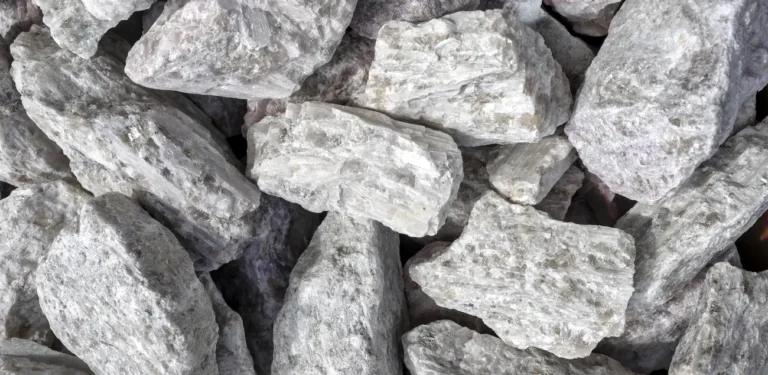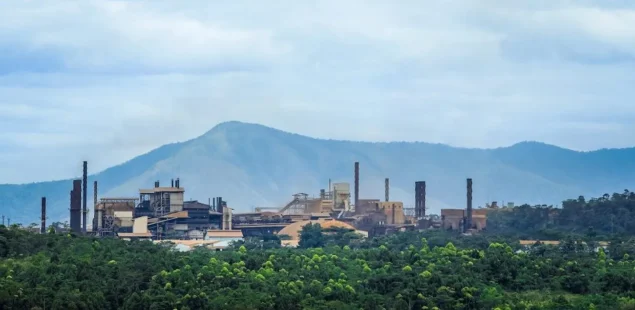
Scientists from the Tokyo University of Science (TUS) have developed a low-cost palladium-based nanosheet catalyst that matches platinum’s efficiency in hydrogen production. This breakthrough aims to address the affordability challenges of large-scale hydrogen generation, which has traditionally relied on expensive platinum-based catalysts.
The research, published in Chemistry – A European Journal, introduces bis(diimino)palladium coordination nanosheets (PdDI) as a novel hydrogen evolution reaction (HER) catalyst. Led by Dr. Hiroaki Maeda and Professor Hiroshi Nishihara, in collaboration with researchers from several Japanese institutions, the study marks a significant advancement in sustainable hydrogen production technology.
Using a simple synthesis process, the team fabricated PdDI nanosheets with high conductivity, large surface area, and efficient electron transfer, significantly reducing material costs. The PdDI nanosheets demonstrated catalytic performance comparable to platinum, with an overpotential of 34 mV and an exchange current density of 2.1 mA/cm², making them one of the most efficient HER catalysts developed to date. Additionally, the nanosheets exhibited long-term stability, maintaining structural integrity after 12 hours in acidic conditions.
The study highlights the scalability and cost-effectiveness of PdDI nanosheets, with implications for industrial hydrogen production, hydrogen fuel cells, and energy storage systems. By minimizing reliance on platinum, this innovation aligns with the United Nations’ Sustainable Development Goals (SDG 7 and SDG 9), promoting clean energy and industrial innovation. Furthermore, replacing platinum with PdDI nanosheets could reduce mining-related emissions, accelerating the transition to a sustainable hydrogen economy.
Future research will focus on optimizing PdDI nanosheets for commercial applications, contributing to the advancement of hydrogen-based clean energy solutions.



